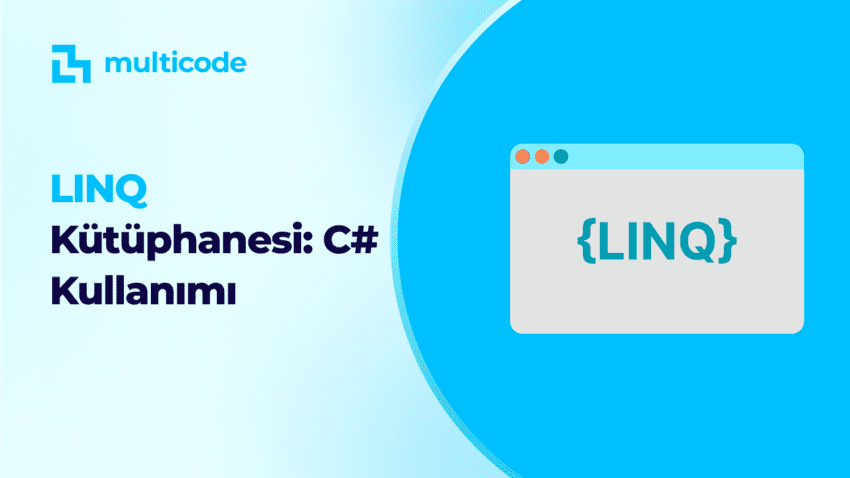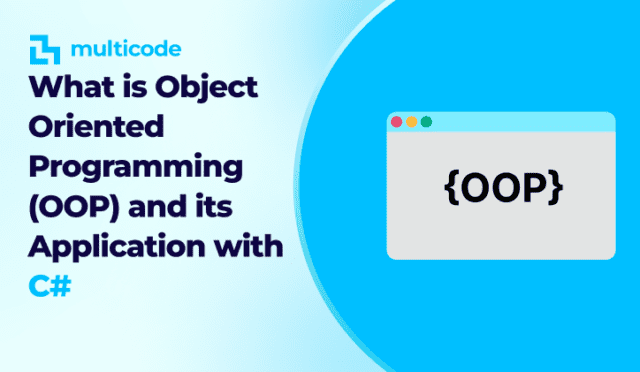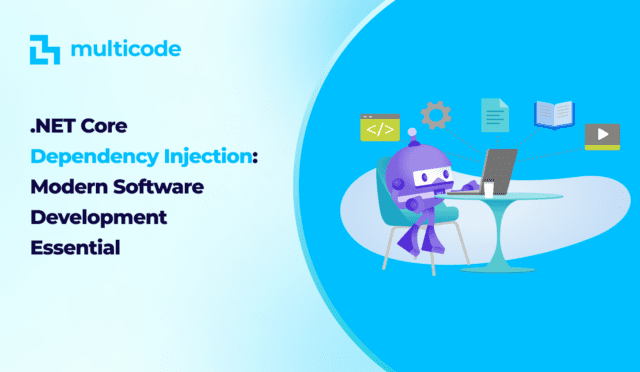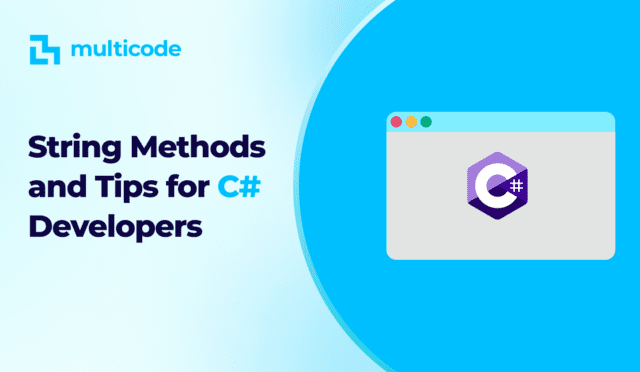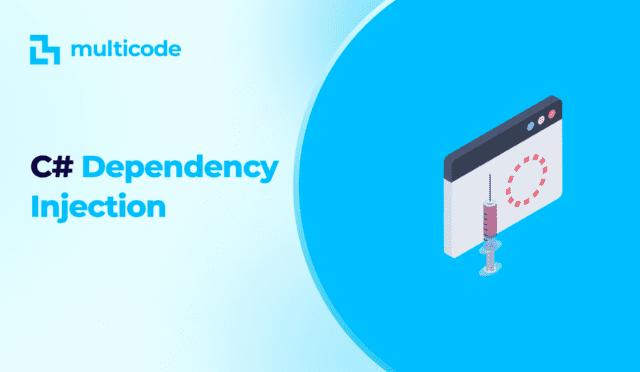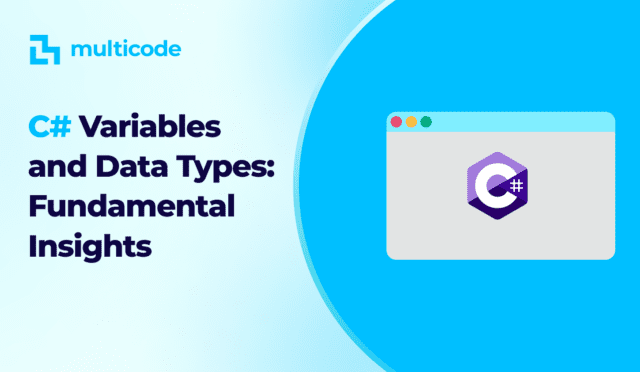The LINQ (Language Integrated Query) library in the C# programming language is a powerful tool for data manipulation. It provides advanced capabilities for querying, filtering, grouping, and transforming data. In this article, we will delve into the key components and advanced features of the LINQ library.
What is LINQ?
LINQ is a query language and data processing method integrated into the C# programming language. It is used to query and process data from various data sources such as databases, XML files, and collections. This empowers developers to perform data manipulation more effectively.
Key Components of LINQ
1. Data Sources
LINQ can retrieve data from different sources, including arrays, collections, databases, XML files, and more.
2. Query Operators
- Where: Select items that satisfy a specific condition.
- Select: Choose specific properties.
- OrderBy: Sorts data based on a specified rule.
- GroupBy: Groups data based on a specific property.
3. Query Expression
LINQ queries are written within LINQ query expressions. These expressions form the fundamental structure of LINQ.
4. Query Result
The data obtained as a result of LINQ queries can be a collection or a specific data structure.
Examples of LINQ Usage
Example 1: Querying an Array with LINQ
int[] numbers = { 1, 2, 3, 4, 5, 6, 7, 8, 9, 10 };
var oddNumbers = numbers.Where(number => number % 2 != 0);In this example, a LINQ query is used to select the odd numbers from the ‘numbers’ array.
Example 2: Retrieving Data from a Database using LINQ
var students = dbContext.Students.Where(student => student.Age > 20);In this example, a LINQ query is used to retrieve students from a database who are older than 20.
Örnek 2: Error checking when pulling data from a database using LINQ
try
{
var students = dbContext.Students.Where(student=> student.Age > 20).ToList();
}
catch(Exception ex)
{
Console.WriteLine("An error occurred while extracting data: " + ex.Message);
}
Advantages and Use Cases
- Data Integration: LINQ is used to merge and process data from different data sources.
- Readability: LINQ enhances readability by integrating queries directly into C# code.
- Easy Debugging: LINQ queries facilitate the debugging process.
- Performance Optimization: It optimizes data manipulation for faster execution.
In this article, we’ve covered the fundamental components and advanced features of the LINQ library in the C# programming language. LINQ stands as a powerful tool for data manipulation and is indispensable for C# programmers.
Advanced Features of LINQ
In addition to its basic components, LINQ (Language Integrated Query) in C# offers advanced features that further enhance its capabilities. Let’s explore these features with detailed examples.
1. Join Operations
Join operations in LINQ allow you to combine two different collections based on specific conditions. This is particularly useful when you need to correlate data from multiple sources.
Example:
Consider two collections, one containing student names and their corresponding grades, and another with student IDs and their attendance records:
var students = new List<Student>
{
new Student { ID = 1, Name = "John" },
new Student { ID = 2, Name = "Jane" },
new Student { ID = 3, Name = "Bob" }
};
var grades = new List<Grade>
{
new Grade { StudentID = 1, GradeValue = 85 },
new Grade { StudentID = 2, GradeValue = 90 },
new Grade { StudentID = 3, GradeValue = 75 }
};
var combinedData = from student in students
join grade in grades on student.ID equals grade.StudentID
select new
{
student.Name,
grade.GradeValue
};In this example, the join clause is used to combine the ‘students’ and ‘grades’ collections based on the student ID.
2. Grouping (Group By)
The Group By expression in LINQ is used to group data based on a specific criterion. This is useful when you want to aggregate data within specific categories.
Example:
Let’s say you have a list of products and you want to group them by their category:
var products = new List<Product>
{
new Product { ID = 1, Name = "Laptop", Category = "Electronics" },
new Product { ID = 2, Name = "Book", Category = "Stationery" },
new Product { ID = 3, Name = "Headphones", Category = "Electronics" },
new Product { ID = 4, Name = "Pen", Category = "Stationery" },
new Product { ID = 5, Name = "Mouse", Category = "Electronics" }
};
var groupedProducts = from product in products
group product by product.Category into productGroup
select new
{
Category = productGroup.Key,
Products = productGroup.ToList()
};In this example, the products are grouped by their category using the group by clause.
3. Lambda Expressions
Lambda expressions provide a concise way to write anonymous methods and are widely used in LINQ queries for flexible data manipulation.
Example:
Using lambda expressions to filter a list of numbers to get only the even ones:
var numbers = new List<int> { 1, 2, 3, 4, 5, 6, 7, 8, 9, 10 };
var evenNumbers = numbers.Where(number => number % 2 == 0).ToList();In this example, the Where method is used with a lambda expression to filter out the even numbers.
4. Deferred Execution
Deferred execution in LINQ means that the actual execution of the query is delayed until the results are specifically requested. This allows for optimizations in querying large data sets.
var studentsOver20 = dbContext.Students.Where(student => student.Age > 20).ToList();In this example, the query is not executed until the ToList() a method is called.
5. Anonymous Types
LINQ queries can return results as anonymous types, which are types generated by the compiler without having a specific named type.
Example:
var studentNames = from student in students
select new
{
FullName = student.FirstName + " " + student.LastName
};Here, an anonymous type with a property FullName is created.
6. Method Syntax
LINQ queries can also be written using method chaining, providing an alternative syntax that some developers find more readable.
Example:
Using method syntax to select odd numbers from a list:
var oddNumbers = numbers.Where(number => number % 2 != 0).ToList();In this example, the Where method is used in conjunction with method chaining.
With these advanced features, LINQ becomes an even more powerful tool for data manipulation in C#. These capabilities provide flexibility and efficiency when working with complex data operations.
<strong>What is LINQ and how is it integrated into C#?</strong>
LINQ stands for Language Integrated Query. It’s a query language integrated into C# for data manipulation. It allows querying and processing data from various sources like databases, XML files, and collections.
<strong>What are the fundamental components of LINQ?</strong>
The fundamental components of LINQ include:
1. Data Sources
2. Query Operators (e.g., Where, Select, OrderBy, GroupBy)
3. Query Expression
4. Query Result
<strong><strong>What is the benefit of using LINQ for data manipulation?</strong></strong>
LINQ provides better data integration, readability, easy debugging, and performance optimization for data manipulation tasks.
LINQ’s advanced features include:
Join Operations: Used to combine different collections based on specific conditions.
Group By: Used to group data based on a specified criterion.
Lambda Expressions: Utilized to make data manipulation faster and more flexible.
Deferred Execution: Delays data processing operations until results are specifically requested.
Anonymous Types: LINQ queries can return results as anonymous types, which facilitates selecting specific properties of data.
Method Syntax: Allows writing LINQ queries using method chaining, providing a more readable and flexible approach in some cases.
Is it possible to retrieve data from XML files using LINQ?
Yes, it is possible to query and retrieve data from XML files using LINQ to XML.
What should I consider when using LINQ?
When using LINQ, you should verify compatibility with your data sources. For example, when querying data from a database, ensure that it aligns with the structure of your data tables.
How can I optimize LINQ queries?
To optimize LINQ queries, ensure that queries on data sources are appropriately indexed in the database. Additionally, avoid unnecessary data retrieval and focus on fetching only the required data.
How can I handle errors when retrieving data from a database using LINQ?
You can handle potential errors when retrieving data from a database by using try-catch blocks.
*Example provided above.
What types of data can LINQ queries return?
LINQ queries can return data collections of type IEnumerable<T>. This includes arrays, lists, and similar collections.
How can I create complex queries using LINQ?
To create complex queries, you can combine LINQ queries. For instance, you can merge different operators like Where, Select, and Join to form intricate queries.
Why is the Deferred Execution feature of LINQ important?
Deferred Execution allows the execution of a query to be postponed until the last possible moment. This prevents unnecessary data processing and enhances performance. Processing occurs only when results are specifically needed.
